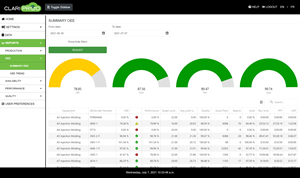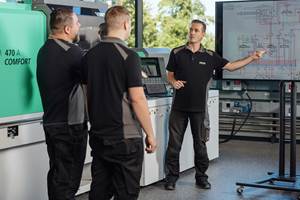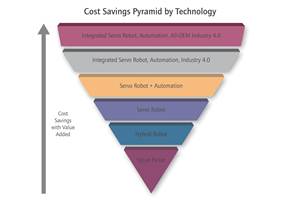Sepro expands U.S. operations, eyes greater market share
As work comes back to the U.S., automation is being used to offset labor costs and help shops meet greater production demand with fewer skilled workers, very much to robot supplier Sepro's benefit.
In between greeting guests and monitoring the company’s largest assemblage of working robots in one display, Jim Healy spent April 30 keeping tabs on one other item of import.
On the last day of April, Sepro America, the wholly owned daughter company of French automation supplier, Sepro Robotique (La Roche sur Yon), invited customers, partners, and the press to an open house at it new U.S. headquarters in Warrendale, Penn.
The fact that the event fell on the final day of the month meant that Healy, Sepro America’s VP of marketing and sales, divided his attention between entertaining those guests and checking in on how April 2014 sales would close.
Since initially launching in 2007 as joint venture with Conair before buying out its partner a little over a year later, Sepro America has had good reason to anxiously track its performance. In 2013, as the year came to a close and the company moved into its newly built 16,500-ft2 facility at the end of November, Sepro wrapped up an all-time record sales performance, with 2013’s orders up 34% over 2012 and double 2011. In the five years since it took full control of its North American operations, the region has jumped from Sepro Robotique’s No. 3 market globally, to No. 1.
All the while, as its sales have grown, so has its market share, according to Jean-Michel Renaudeau, managing director. “What we want to do is grow faster than the market—that's a clear commitment—we want to gain market share,” Renaudeau said. Sepro has improved its share, crediting the improved standing to two decisions.
First, Renaudeau said the company committed to having a very wide portfolio, and today Sepro offers everything from servo and pneumatic sprue pickers, through to 3- and 5-axis Cartesian units, as well as 6-axis articulating arm systems.
Secondly, Renaudeau said Sepro restructured its North American network, both in sales and service. Sepro America now has 30 employees, including four regional sales managers who oversea a network of 16 distributors.
“We wanted first to have control of our own future in the biggest market in the world,” Renaudeau said. Control and focus have been key, according to Healy.
“We are now a company that wakes up in the morning thinking about robots and goes to bed at night thinking about robots,” Healy said, “where before, the situation we were in, there was a vast portfolio of products. We were—I won't say lost in the shuffle—but we became part of a larger mix. Where here, we're dedicated to the automation side of things.”
That dedication came through in the open house’s display, with nine robots in continuous operation, including models from its 5X, Success, S5, G4, and 6X lines, as well as displays of sprue pickers, vibratory feeders for downstream automation, and “Kit Tooling” do-it-yourself end-of-arm-tooling.
As customers came and went, Healy kept Renaudeau updated on how April was shaping up. Regardless of the final figure, both men acknowledged that so far in 2014, business globally and in North America was tracking ahead of 2013’s record pace. As for April…? “We’re close,” Healy said with a smile.
Related Content
Real-Time Production Monitoring as Automation
As an injection molder, Windmill Plastics sought an economical production monitoring system that could help it keep tabs on its shop floor. It’s now selling the “very focused” digital supervisor it created, automating many formerly manual tasks.
Read MoreFive Ways to Increase Productivity for Injection Molders
Faster setups, automation tools and proper training and support can go a long way.
Read MoreAutomation Evolution: From Robots to Work Cells, Solo Devices to Integrated Systems
Injection molding automation has progressed from devices to systems, from simplicity to more complex capabilities. The author traces this development through various levels of automation – all still available choices today – and analyzes the costs and capabilities for each level.
Read MoreEnsuring Repeatability: The Key to Effective Injection Molding Automation
One of automation’s key promises is repeatability: the same movement to the same location, time and time again. But to achieve that, all elements involved — robot, machine, EOAT, mold — must be in and stay in alignment.
Read MoreRead Next
ROBOTS: Sepro America Moves to Bigger Space
The new facility is in Warrendale, Pa.
Read MorePeople 4.0 – How to Get Buy-In from Your Staff for Industry 4.0 Systems
Implementing a production monitoring system as the foundation of a ‘smart factory’ is about integrating people with new technology as much as it is about integrating machines and computers. Here are tips from a company that has gone through the process.
Read MoreTroubleshooting Screw and Barrel Wear in Extrusion
Extruder screws and barrels will wear over time. If you are seeing a reduction in specific rate and higher discharge temperatures, wear is the likely culprit.
Read More
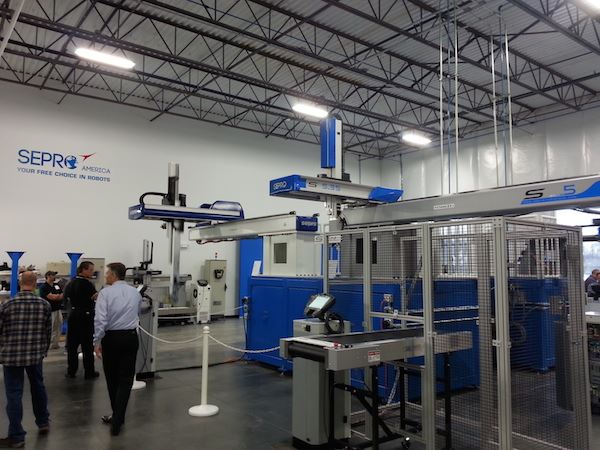
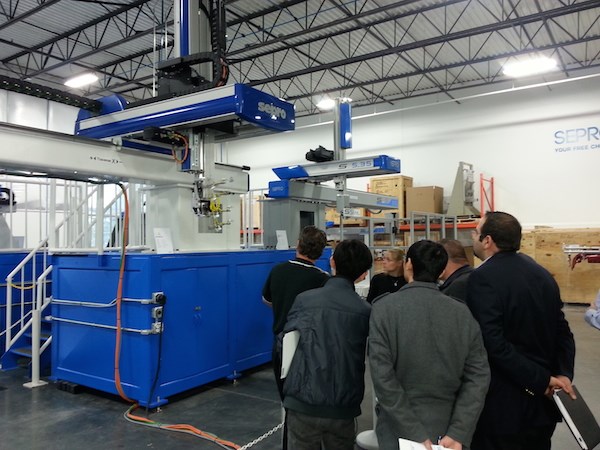
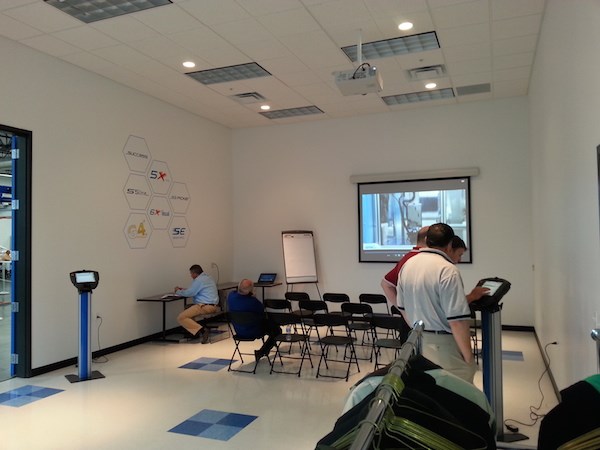
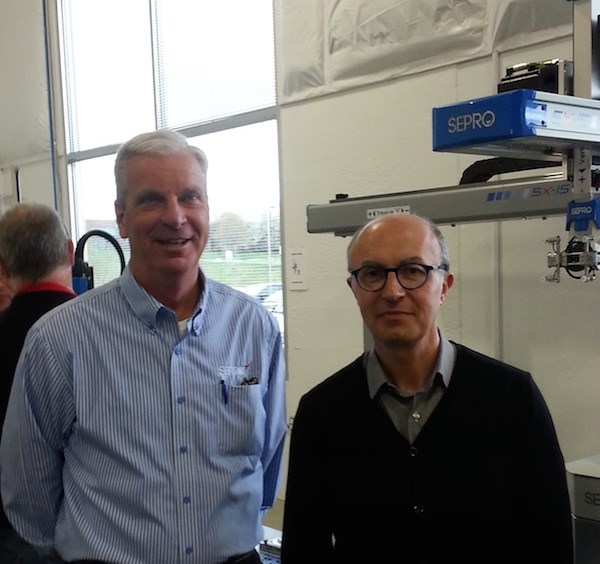
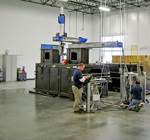













.png;maxWidth=300;quality=90)



